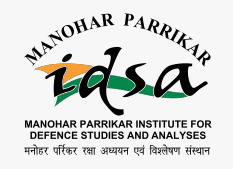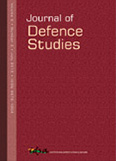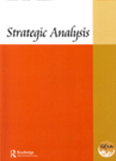China should not use water as a threat multiplier
Water may not become a catalyst for a direct conflict, but China could leverage Tibet’s water as a politico-military tool vis-à-vis other riparian states. As the economies of India and China grow, both are bound to treat water as a strategic commodity.
- P. Stobdan
- October 23, 2009








